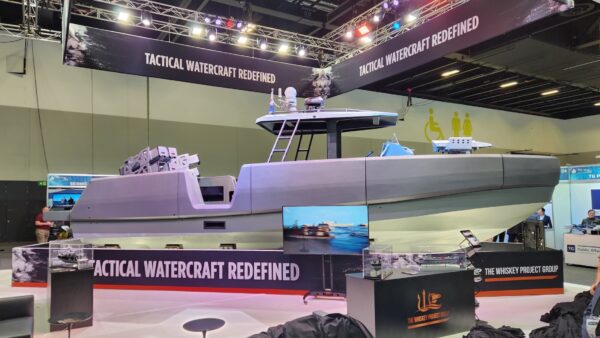While most of the attention goes to the mega-ships, owners are still investing substantial sums on smaller ships according to shipping consultancy firm, Drewry Maritime.
Deliveries and new orders for the new breed of Ultra Large Container Vessels (ULCVs) of 18,000TEU and above garner most of the headlines in the shipping press. This is not surprising as carriers ongoing quest for scale economies and the difficulties they face introducing such big ships into slowing markets are unquestionably some of the most pressing issues facing the industry. However, while less attention is paid to smaller containerships it would be wrong to say they are unwanted.
There are approximately 5,200 containerships sailing between ports worldwide at the moment and the vast majority (roughly 85 per cent) belong to the sub 8,000TEU sector. With 207 ships, the sector also accounts for nearly half of the total orderbook in terms of the number of ships (much less in TEU terms, however).
Big ships might be the centre of attention but their application is relatively limited as demand and land-side restrictions mean that they are only viable in a handful of trades. Out of the 12 deep-sea trades covered by Container Insight Weekly only three currently are served by average ships of above 8,000TEU. As more physical restrictions are lifted (for example, the Panama Canal expansion) the average size of ships on these trades will continue to rise, some faster than others, but it is a gradual process and in the meantime ships of less than 8,000TEU will continue to be required on the lower-volume, intra-regional and domestic trades that cannot as of yet accommodate the bigger vessels.
Such categorisation of ship sizes has only become valid in the last 12 years, as before 2003 all containerships were below the 8,000TEU threshold. Since the start of the century the average size of containerships has more than doubled from 1,800TEU to around 3,700TEU, as the average newbuild delivery size has jumped four-fold to about 8,500TEU. The super-sizing of containerships has seen the maximum size jump by 138 per cent to over 19,000TEU with even bigger units on their way.
While there are many more ships smaller than 8,000TEU ships physically out on the water, when measured by TEU the ratio is inexorably moving towards the bigger units. Ships of 8,000TEU and above currently account for 41 per cent of the total fleet and with about 90 per cent of the orderbook (in TEU) residing in that sector it is only a matter of years before they take ascendency.
The scrapping of the older and smaller ships has slowed dramatically in 2015, as the incentive to demolish has waned and the price of steel has dropped, among other factors.
Cheaper newbuild prices have meant that the level of investment in the sub-8,000TEU sector hasn’t risen as sharply as the ordered capacity, but at an estimated US$2.5 billion as of early November it is still some 39 per cent up on last year. To give some context, this is well below the new investment in the bigger than 8,000TEU ships, which has grown by 80 per cent to an estimated US$14.5 billion as the capacity ordered nearly doubled from last year to 1.8 million TEU.
Source: Baird News


